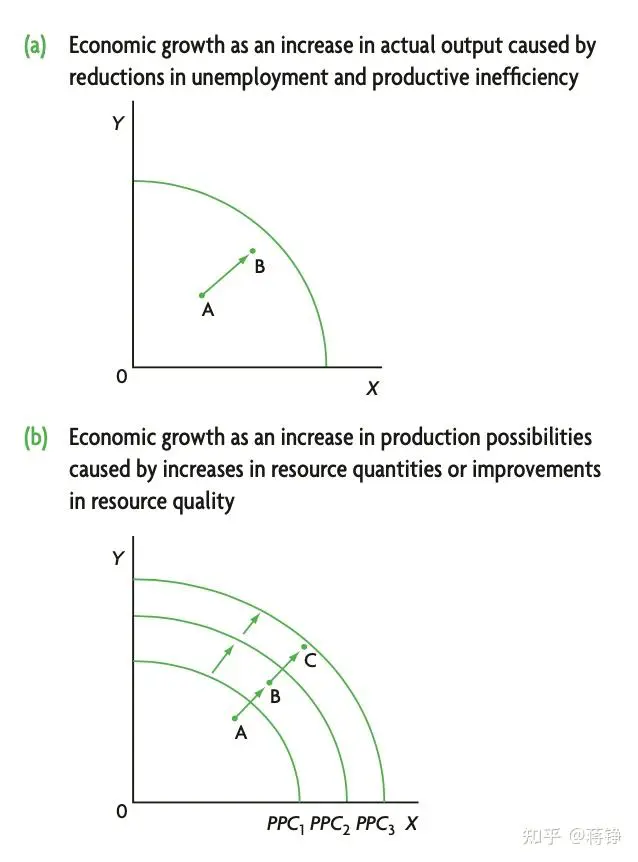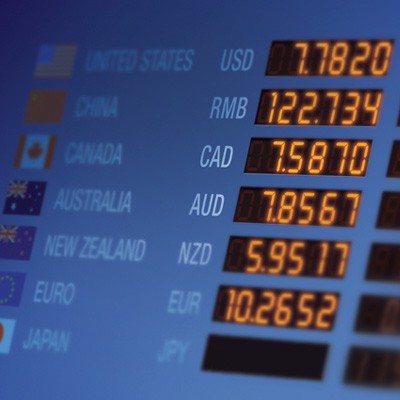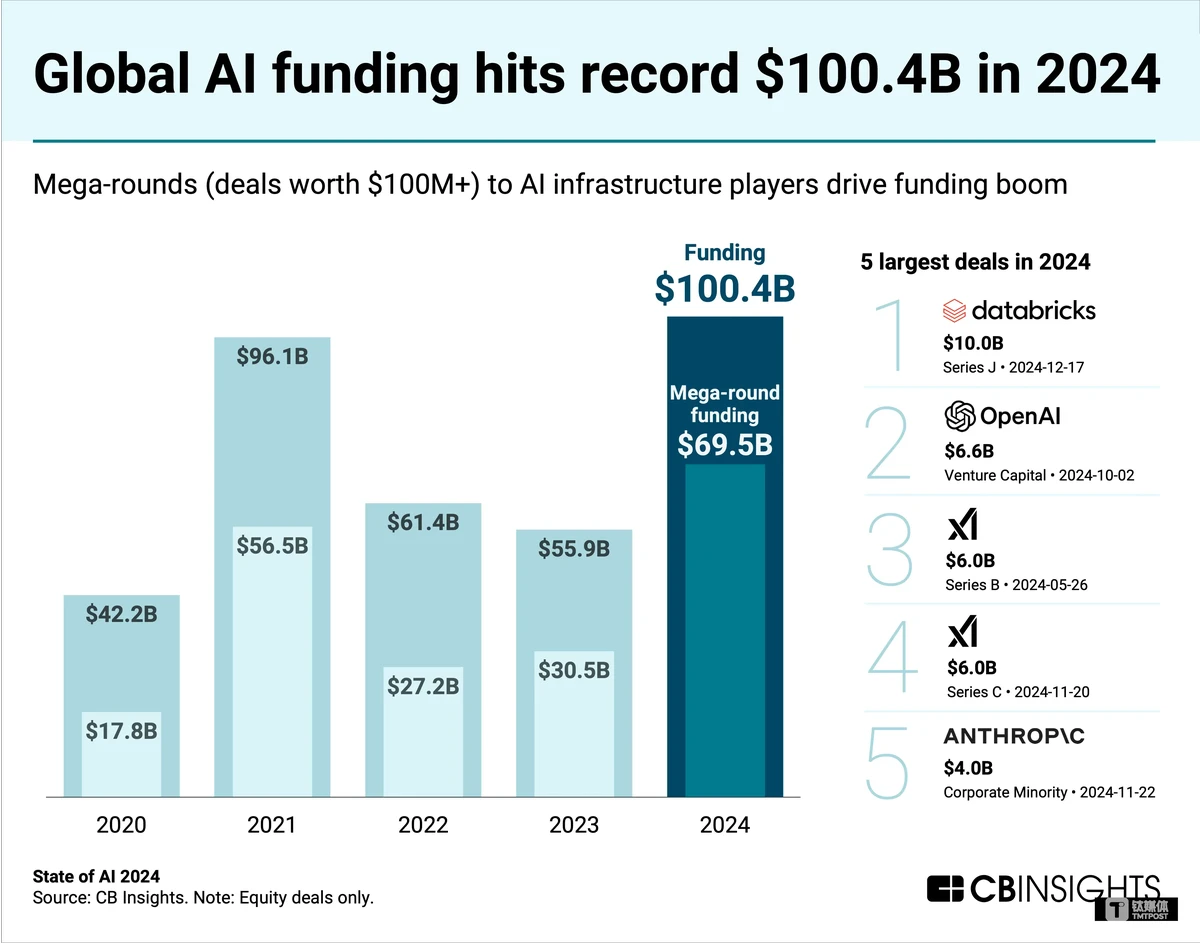


================================================================================
In today’s interconnected financial world, exchange rate fluctuations affect nearly every business, trader, and investor. Whether you’re a multinational corporation managing overseas revenues, a trader speculating in forex, or an importer handling supplier payments, knowing how to calculate exchange rate risk is critical. This comprehensive guide explores multiple approaches, compares their pros and cons, and shares practical insights to help you select the right risk management framework.
Understanding Exchange Rate Risk
Exchange rate risk, also known as currency risk, arises when the value of one currency fluctuates against another, impacting the financial outcome of cross-border transactions.
- For businesses: Profits, costs, and competitive positioning may shift as currency values change.
- For investors: International portfolio returns can be magnified or diminished by exchange rate swings.
- For traders: Currency risk directly determines profitability.
The ability to quantify and calculate exchange rate risk enables effective hedging, cost analysis, and informed decision-making.
Types of Exchange Rate Risk
1. Transaction Risk
This occurs when a company agrees to a transaction (such as paying a supplier in euros) but settles it later in a different currency value.
- Example: An American importer owes €100,000 in 3 months. If the EUR/USD rises, costs increase.
2. Translation Risk
Arises when consolidating financial statements of foreign subsidiaries into the parent company’s reporting currency.
- Example: A UK-based company with U.S. operations must report in GBP, creating fluctuations in consolidated earnings.
3. Economic Risk
The long-term impact of exchange rate changes on a company’s market value, competitiveness, or investment returns.
- Example: A Japanese electronics firm may become less competitive globally if the yen strengthens.
How to Calculate Exchange Rate Risk
Method 1: Value at Risk (VaR) Approach
Definition: Value at Risk quantifies the maximum potential loss due to exchange rate movements over a given period, at a certain confidence level.
Steps:
- Collect historical exchange rate data.
- Calculate daily returns and standard deviation.
- Define a confidence interval (e.g., 95% or 99%).
- Compute the maximum loss exposure for a currency position.
Pros:
- Widely accepted by financial institutions.
- Provides a clear, statistical measure of risk.
Cons:
- Relies heavily on historical data, which may not predict future volatility.
- Complex for non-financial professionals.
Method 2: Sensitivity Analysis
Definition: Sensitivity analysis measures how much profits, cash flows, or investment values change when exchange rates move by a certain percentage.
Steps:
- Identify exposure (e.g., €1 million receivables).
- Model different exchange rate scenarios (±5%, ±10%).
- Measure the impact on revenue or expenses.
Pros:
- Easy to implement.
- Provides a straightforward “what-if” analysis.
Cons:
- Oversimplified compared to dynamic risk models.
- Does not account for probability of scenarios.
Method 3: Regression Analysis
Definition: Regression models examine the relationship between exchange rates and a company’s financial performance.
Steps:
- Collect historical financial data (earnings, cash flows).
- Run regression against currency fluctuations.
- Estimate how strongly currency volatility impacts performance.
Pros:
- Tailored to specific businesses.
- Captures long-term sensitivity.
Cons:
- Data-intensive.
- Requires statistical expertise.
Method 4: Forward Rate Comparison
Definition: Compares current spot rates with forward rates to estimate expected changes in exchange rates.
Steps:
- Look up spot and forward currency rates.
- Calculate percentage difference.
- Assess the implied risk over the contract period.
Pros:
- Market-driven, based on real trading data.
- Useful for hedging decisions.
Cons:
- Forward rates are not guaranteed forecasts.
- May understate long-term risks.
Comparing Methods: Which One Works Best?
| Method | Best For | Strengths | Limitations |
|---|---|---|---|
| Value at Risk (VaR) | Traders, financial institutions | Quantitative, widely accepted | Historical bias |
| Sensitivity Analysis | Small businesses, import/export | Easy to use, scenario-based | Simplistic |
| Regression Analysis | Corporations with complex exposure | Captures business-specific impact | Requires expertise |
| Forward Comparison | Hedgers, forex market participants | Market-driven insights | Not predictive |
Recommendation:
- For corporate managers, start with sensitivity analysis, then refine with regression models.
- For professional traders and institutions, VaR combined with forward analysis offers stronger accuracy.
Practical Example: Importer Case Study
A U.S. importer expects to pay €1 million in 6 months.
- Spot rate: 1 EUR = 1.05 USD
- 6-month forward rate: 1 EUR = 1.08 USD
Scenario 1: Spot appreciation by 5%
- Exchange rate: 1 EUR = 1.10 USD
- Cost: \(1,100,000 (loss of \)50,000 compared to current rate).
Scenario 2: Hedging with forward contract
- Locked cost: $1,080,000
- Eliminates uncertainty, though slightly higher than today’s rate.
This highlights why knowing how to hedge exchange rate risk is essential after calculating potential exposures.
Visual Guide: Sensitivity Analysis in Action
Impact of ±10% currency movement on cash flows
The Role of Exchange Rate Risk Management Strategies
Understanding how to calculate exchange rate risk is only the first step. Businesses must also know where to find exchange rate risk management strategies such as:
- Forward contracts
- Currency swaps
- Options strategies
- Natural hedging (e.g., matching revenues and costs in the same currency)
Combining calculation methods with risk mitigation tools creates a more robust defense against volatility.
FAQ: How to Calculate Exchange Rate Risk
1. What is the simplest way to calculate exchange rate risk?
The easiest method is sensitivity analysis, where you apply a percentage change to your foreign currency exposure and measure the effect. It requires minimal data and works well for small businesses.
2. Can individuals use VaR to calculate exchange rate risk?
Yes, but it’s typically used by banks and institutional traders. Individuals may find VaR too complex unless they have statistical or quantitative finance skills.
3. How do businesses decide which calculation method to use?
It depends on complexity and exposure size:
- Small importers/exporters → Sensitivity analysis.
- Multinational corporations → Regression + forward analysis.
- Traders/investors → VaR + hedging models.
Final Thoughts
Calculating exchange rate risk is not a one-size-fits-all process. From Value at Risk models to simple sensitivity analysis, each method offers unique strengths. The key is to balance accuracy with practicality, depending on whether you’re a trader, investor, or business operator.
If you’ve found this guide useful, share it with your network. Let’s keep the discussion going — what’s your preferred method for calculating exchange rate risk? Comment below and join the conversation!
Would you like me to also create a downloadable Excel template for sensitivity analysis and VaR calculation so readers can immediately apply these methods?